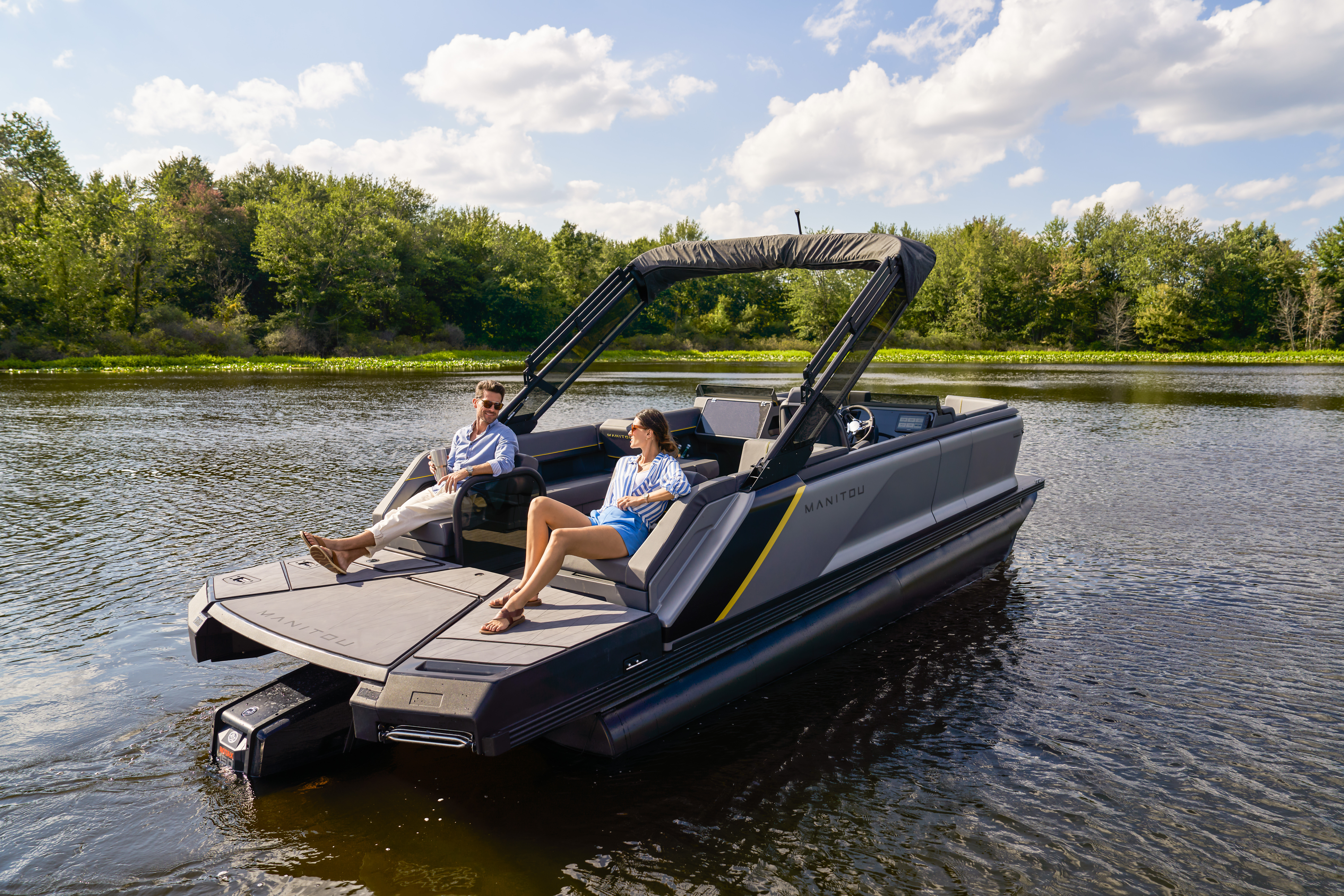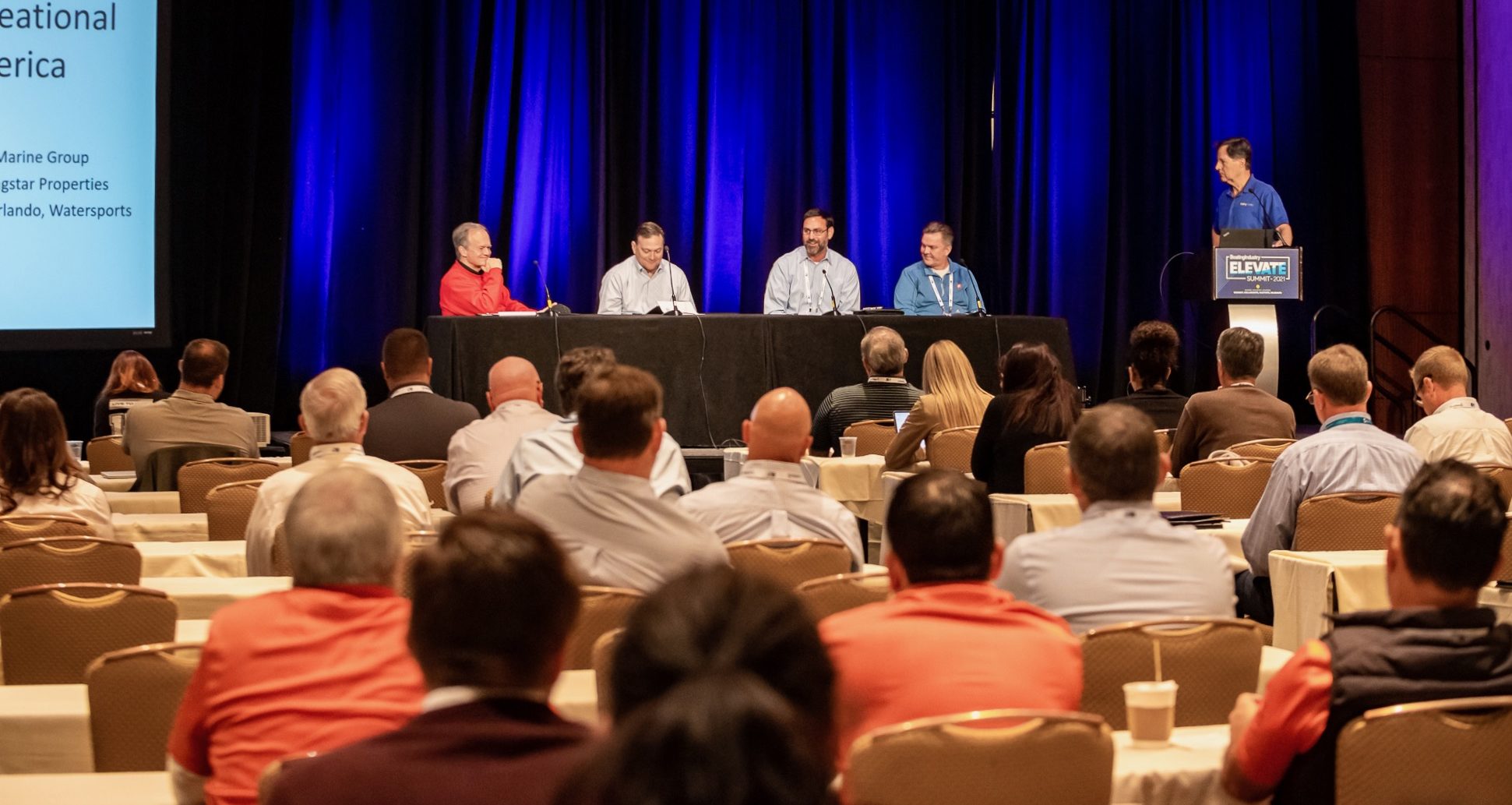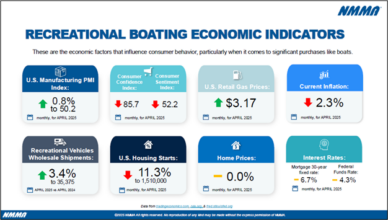‘Healthy waters make healthy economies’
WASHINGTON – By all accounts through today’s mainstream media, says Environmental Protection Agency Administrator Stephen Johnson, the United States is shifting to a green culture. More and more companies, communities and individuals are working to outdo each other in “going green.”
And, he adds, the recreational boating industry is a leader in the race to go green.
“We at the EPA are very pleased to be working in collaboration with your industry to reduce the impacts of your vessels on our air and water quality,” he told the attendees of the American Boating Congress here yesterday morning. “Today, together, we are keeping our environmental progress moving ahead.”
At the top of the EPA’s agenda for working with the marine industry is the issue of ballast water discharge. The agency is significantly involved in the debate over a court ruling last year that may require all boats to carry permits for discharges incidental to their normal operations in an effort to protect the spread of invasive species from one body of water to another.
While the marine industry works to limit the spread of these aquatic species, the ruling may mean that more than 8,000 ocean-going ships with ballast tanks, as well as 81,000 commercial fishing boats, 52,000 freight barges and more than 13 million recreational boats will be required to gain permits for their boats.
The exclusion from permitting requirements has been in place for more than 30 years, according to Johnson. And while the diversity and mobility of these boats makes these types of discharges pose unique challenges, Johnson said the EPA, “respectfully disagrees with the court.”
“EPA believes it is necessary to prepare a practical rule-making framework for authorizing discharges from boats before the exclusion ends in 2008,” he explained. “We understand the wide-ranging impacts of the court ruling and are exploring all options including the establishment of an appropriate permitting program.”
The EPA expects to open this discussion up to public comment, and Johnson stresses that the agency’s appeal does not reflect a dismissal of the significant impacts of invasive aquatic species. And, he continues, the EPA believes the Clean Water Act does not provide an appropriate framework for addressing ballast water and other discharges incidental to the normal operation of boats.
“Healthy waters make healthy economies,” he says. “Invasive species pose threats to our environments as well as businesses and individuals who rely on water resources to support their livelihoods.”
With that in mind, Johnson says EPA is asking its congressional partners to enact legislation to create environmentally sound, uniform federal ballast water discharge standards and requirements.
Air: A decade later
It was 10 years ago that the EPA announced emission standards for gasoline-powered recreational watercraft. And despite the “great progress” Johnson outlined that the marine industry responded with, EPA has now proposed new rules to realize further cuts in marine air emissions.
Currently recreational watercraft can emit as much pollution in one hour as 348 cars, a claim made by Johnson but disputed by NMMA’s government affairs team as being outdated by as much as 12 years. By the year 2030, however, under the new standards, gasoline-powered watercraft will see a 70-percent reduction in pollutants that contribute to smog, a 20-percent reduction in carbon monoxide, and a 70-percent reduction in fuel evaporative emissions.
“While it will take investment in new technology by everyone in this room,” he said, “these new standards will provide an estimated $3.4 billion in public health benefits and literally prevent hundreds of premature deaths by the year 2030. In addition, when fully implemented, these regulations will save about 190 million gallons of fuel each year, providing and, in fact, proving that doing what’s good for the environment is also good for your wallet.”
In addition to enacting these new standards over the last four months, Johnson also signed a final rule to implement the nation’s first comprehensive renewable fuel standards, which requires at least 7.5 billion gallons of home-grown renewable fuel to be blended with other fuel by 2012.
“The RFS offers American people a hat trick,” Johnson says. “It protects the environment. It strengthens our energy security. And it supports our farming community.”
Johnson added that additional ethanol usage, including an effort in Minnesota, which could include up to 20 percent ethanol blend in all gasoline sold in the state, is being discussed and in some cases implemented.
- For more of the latest news, click here.




